Description
Familiarity with treatment
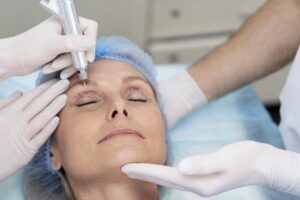
Combined upper and lower blepharoplasty is a surgical procedure that addresses both the upper and lower eyelids to improve their appearance and address signs of aging. While the search results provide snippets of information, here is a general explanation of the procedure:
Assessment and Planning: Before the surgery, a thorough assessment is conducted to evaluate the position of the eyebrows, asymmetry in the eyelids, and individual concerns. This assessment helps determine the surgical plan and address specific issues for each patient 1.
Anesthesia: The procedure can be performed under local anesthesia with sedation or general anesthesia, depending on the surgical plan, patient and surgeon preference, and the need for additional operations 1.
Upper Eyelid Blepharoplasty: The surgeon makes incisions along the natural skin creases of the upper eyelids. Excess skin, muscle, and fat are then trimmed or repositioned to achieve the desired aesthetic outcome. The incisions are closed with tiny dissolving stitches 2.
Lower Eyelid Blepharoplasty: For the lower eyelids, the surgeon may use different techniques depending on the specific needs of the patient. These techniques may include removing or repositioning fat pads, removing excess skin, and strengthening muscles and tendons. The incisions are typically made below the lower eyelashes or from the inside of the lower eyelid (transconjunctival approach) 3.
Combining Upper and Lower Blepharoplasty: If both upper and lower eyelid surgery are required, they can often be performed together during the same surgical session 4.
Incision Closure: After the necessary adjustments are made to the upper and lower eyelids, the surgeon carefully closes the incisions with stitches. In some cases, dissolvable stitches are used, eliminating the need for suture removal 2.
Who is it suitable for?
Combined upper and lower blepharoplasty is suitable for individuals who are looking to improve the appearance of their eyelids and address specific concerns related to both the upper and lower eyelid areas. It is commonly performed to address signs of aging, such as drooping skin, excess fat, and bagginess in the upper and lower eyelids.
Candidates for combined upper and lower blepharoplasty may include individuals who:
- Have excess skin and fat in the upper and lower eyelids.
- Experience drooping or sagging of the upper and lower eyelids.
- Have puffiness or bags under the eyes.
- Desire a more youthful and refreshed appearance around the eyes.
- Have concerns about their visual field being obstructed by drooping eyelids.
Who is it not suitable for?
While combined upper and lower blepharoplasty can be a suitable procedure for many individuals, there are certain cases where it may not be recommended. It’s important to consult with a qualified plastic surgeon who specializes in blepharoplasty to determine if you are a suitable candidate for the procedure. Here are some factors that may make combined upper and lower blepharoplasty not suitable for an individual:
Medical Conditions: Individuals with certain medical conditions, such as uncontrolled high blood pressure, diabetes, or certain autoimmune disorders, may not be suitable candidates for surgery. These conditions can increase the risks associated with the procedure and may affect the healing process.
Eye Conditions: Certain eye conditions, such as dry eye syndrome, glaucoma, or severe eye allergies, may make combined upper and lower blepharoplasty not suitable. These conditions can affect the healing process and may increase the risk of complications.
Expectations: It’s important to have realistic expectations about the outcomes of combined upper and lower blepharoplasty. The procedure can improve the appearance of the eyelids, but it may not completely eliminate all signs of aging or achieve a specific desired look. It’s crucial to have a thorough consultation with your surgeon to discuss your expectations and ensure they align with what can be realistically achieved.
Smoking: Smoking can impair the healing process and increase the risk of complications following surgery. It’s generally recommended to quit smoking several weeks before and after the procedure to minimize these risks.
Psychological Factors: If an individual has unrealistic expectations, body dysmorphic disorder, or other psychological factors that may impact their perception of the results or their ability to cope with the recovery process, combined upper and lower blepharoplasty may not be suitable.
Advantages
Combined upper and lower blepharoplasty offers several advantages for individuals seeking to improve the appearance of their eyelids:
Comprehensive Results: By addressing both the upper and lower eyelids in a single procedure, combined blepharoplasty can provide a more balanced and harmonious rejuvenation of the entire eye area. It allows for a comprehensive improvement in the appearance of the eyes, resulting in a more youthful and refreshed look.
Enhanced Symmetry: If there is asymmetry between the upper and lower eyelids, combined blepharoplasty can help achieve better symmetry by addressing both areas simultaneously. This can contribute to a more balanced and aesthetically pleasing appearance.
Single Recovery Period: Undergoing combined upper and lower blepharoplasty means that you will have a single recovery period, rather than separate recovery periods for each procedure. This can be more convenient and efficient, allowing you to resume your normal activities sooner.
Improved Vision: In some cases, sagging skin or excess fat in the upper or lower eyelids can obstruct peripheral vision. Combined blepharoplasty can help remove this excess tissue, improving your field of vision and enhancing your overall visual experience.
Long-lasting Results: The results of combined upper and lower blepharoplasty are typically long-lasting. While the natural aging process will continue, the improvements achieved through the surgery can provide lasting benefits for many years.
Complications
Combined upper and lower blepharoplasty, like any surgical procedure, carries potential risks and complications. It’s important to be aware of these before making a decision. Here are some potential complications associated with combined upper and lower blepharoplasty:
Bleeding: Bleeding can occur during or after the surgery. While it is usually minimal, in rare cases, it may require medical intervention.
Infection: Although rare, there is a risk of infection following the surgery. Proper post-operative care and adherence to the surgeon’s instructions can help minimize this risk.
Scarring: Incisions made during the procedure will result in scars. However, skilled surgeons typically place incisions in inconspicuous areas to minimize their visibility. Most scars fade over time.
Asymmetry: Achieving perfect symmetry is challenging, and there is a possibility of slight asymmetry between the eyes after the procedure. Skilled surgeons strive to achieve the best possible symmetry, but it may not be completely perfect.
Dry Eyes: Temporary dryness and irritation of the eyes may occur after the surgery. This is usually temporary and can be managed with lubricating eye drops.
Ectropion or Entropion: Ectropion is when the lower eyelid turns outward, and entropion is when the lower eyelid turns inward. These conditions can affect the position and function of the eyelids. Skilled surgeons take precautions to minimize the risk of these complications.
Vision Changes: In rare cases, changes in vision, such as blurriness or double vision, may occur. These are typically temporary and resolve with time.
Anesthesia-related Risks: General anesthesia or sedation carries its own set of risks, including allergic reactions, breathing difficulties, and medication side effects. These risks are typically low but should be discussed with the anesthesiologist.
preoperative care
Preoperative care for combined upper and lower blepharoplasty involves several important steps to ensure a successful surgery and smooth recovery. Here are some general guidelines:
Consultation and Evaluation: Schedule a consultation with a qualified plastic surgeon who specializes in blepharoplasty. During this visit, your surgeon will evaluate your specific concerns, discuss your goals, and assess your overall health to determine if you are a suitable candidate for the procedure.
Medical Evaluation: Your surgeon may request a comprehensive medical evaluation to assess your overall health and identify any potential risks or contraindications for surgery. This may include blood tests, imaging studies, and consultations with other specialists if necessary.
Discussion of Expectations: It’s important to have a thorough discussion with your surgeon about your expectations for the surgery. This will help ensure that you have realistic goals and a clear understanding of what can be achieved through the procedure.
Preoperative Instructions: Your surgeon will provide you with specific preoperative instructions to follow in the days leading up to your surgery. This may include guidelines on medications to avoid, fasting requirements, and skincare routines.
Smoking Cessation: If you are a smoker, your surgeon will likely advise you to quit smoking several weeks before and after the surgery. Smoking can impair the healing process and increase the risk of complications.
Medication Adjustments: Your surgeon will review your current medications and may advise you to temporarily discontinue certain medications that can increase the risk of bleeding or interfere with anesthesia. It’s important to follow these instructions carefully and inform your surgeon about all the medications you are taking.
Arrangements for Transportation and Support: Since combined upper and lower blepharoplasty is typically performed under anesthesia, you will need to arrange for transportation to and from the surgical facility. It’s also helpful to have someone available to assist you during the initial stages of your recovery.
Postoperative Care: Your surgeon will provide you with specific postoperative care instructions, including guidelines for wound care, medication usage, and activity restrictions. It’s important to follow these instructions closely to optimize your healing and minimize the risk of complications.
Postoperative care
After undergoing combined upper and lower blepharoplasty, it’s important to follow proper postoperative care instructions to promote healing and achieve optimal results. Here are some general guidelines for postoperative care:
Protective Measures: Immediately after the surgery, wear dark sunglasses to protect your eyes from bright light and reduce sensitivity. The ointment used during the surgery may temporarily blur your vision, but this usually resolves within 24 hours.
Contact Lens Usage: Avoid wearing contact lenses for at least two weeks after the surgery. Instead, opt for eyeglasses during this period.
Driving Restrictions: Do not drive until you have stopped taking pain medication and your vision is no longer blurry. Typically, this takes about 5 to 10 days after the surgery. Ensure that you can safely and comfortably operate a vehicle before resuming driving.
Rest and Recovery: It’s important to prioritize rest and peaceful sleep during the first 3 to 4 days after the surgery. Avoid strenuous activities, heavy lifting, and exercise during this initial recovery period.
Cold Compresses: Applying cold compresses to the surgical area can help reduce swelling. Follow your surgeon’s instructions regarding the frequency and duration of cold compress application.
Eye Drops and Ointment: Your surgeon may prescribe eye drops to prevent dryness and lubricate your eyes. Additionally, an ointment may be recommended to keep the eyes moisturized. Follow the instructions provided by your surgeon regarding the use of these medications.
Incision Care: Keep the incision sites clean and dry. Your surgeon may provide specific instructions on how to clean the area and apply any necessary dressings. If there is oozing from the incisions, gently dab the area with sterile gauze.
Swelling and Bruising: Swelling and bruising are common after blepharoplasty. The severity and duration of these effects can vary from person to person. Swelling typically subsides within 1-2 weeks for upper eyelid blepharoplasty and 2-4 weeks for upper and lower eyelid blepharoplasty. Bruising may resemble a black eye but will gradually fade over time.
Follow-up Appointments: Attend all scheduled follow-up appointments with your surgeon. These visits are essential for monitoring your healing progress and addressing any concerns or questions you may have.
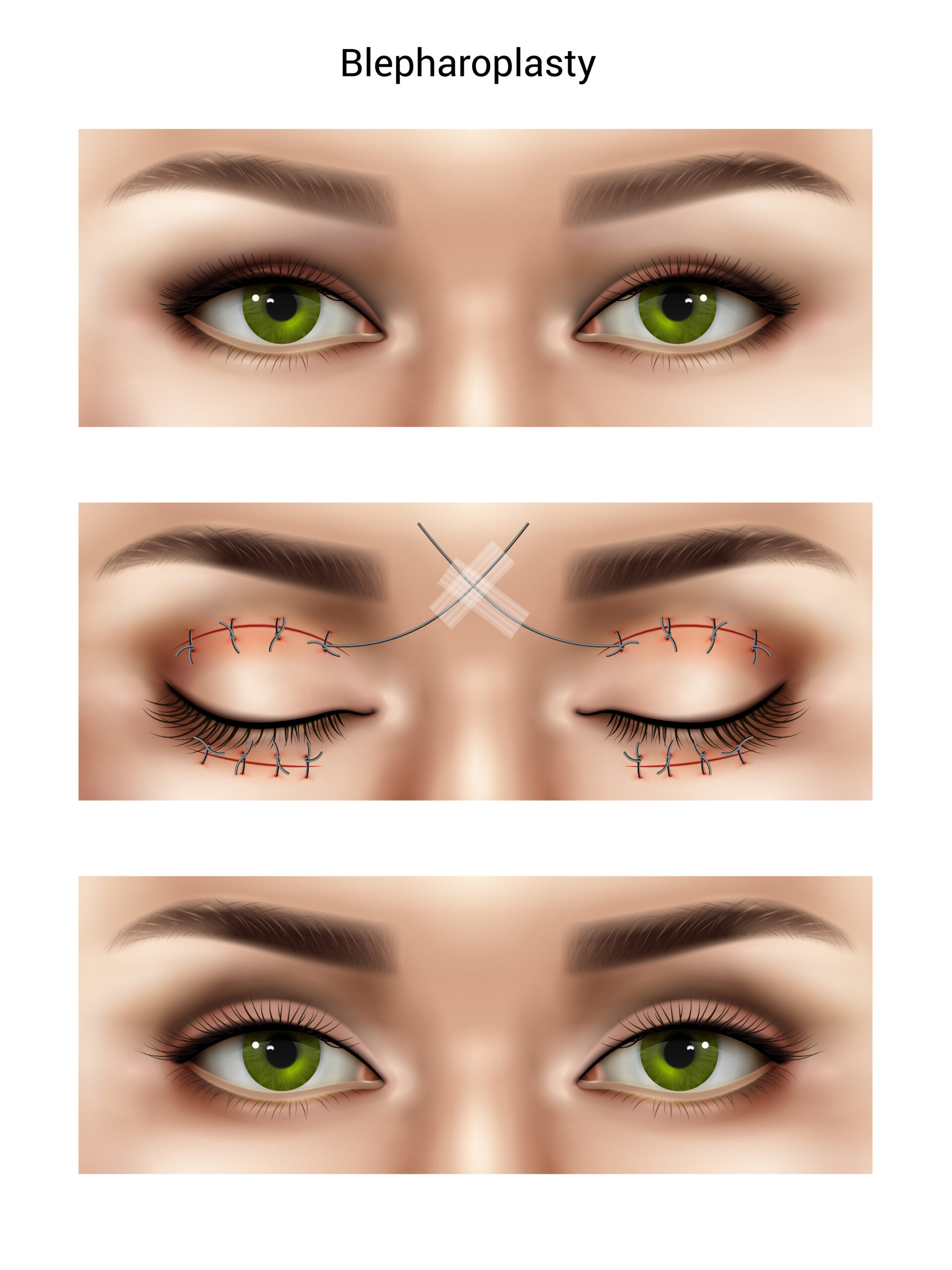
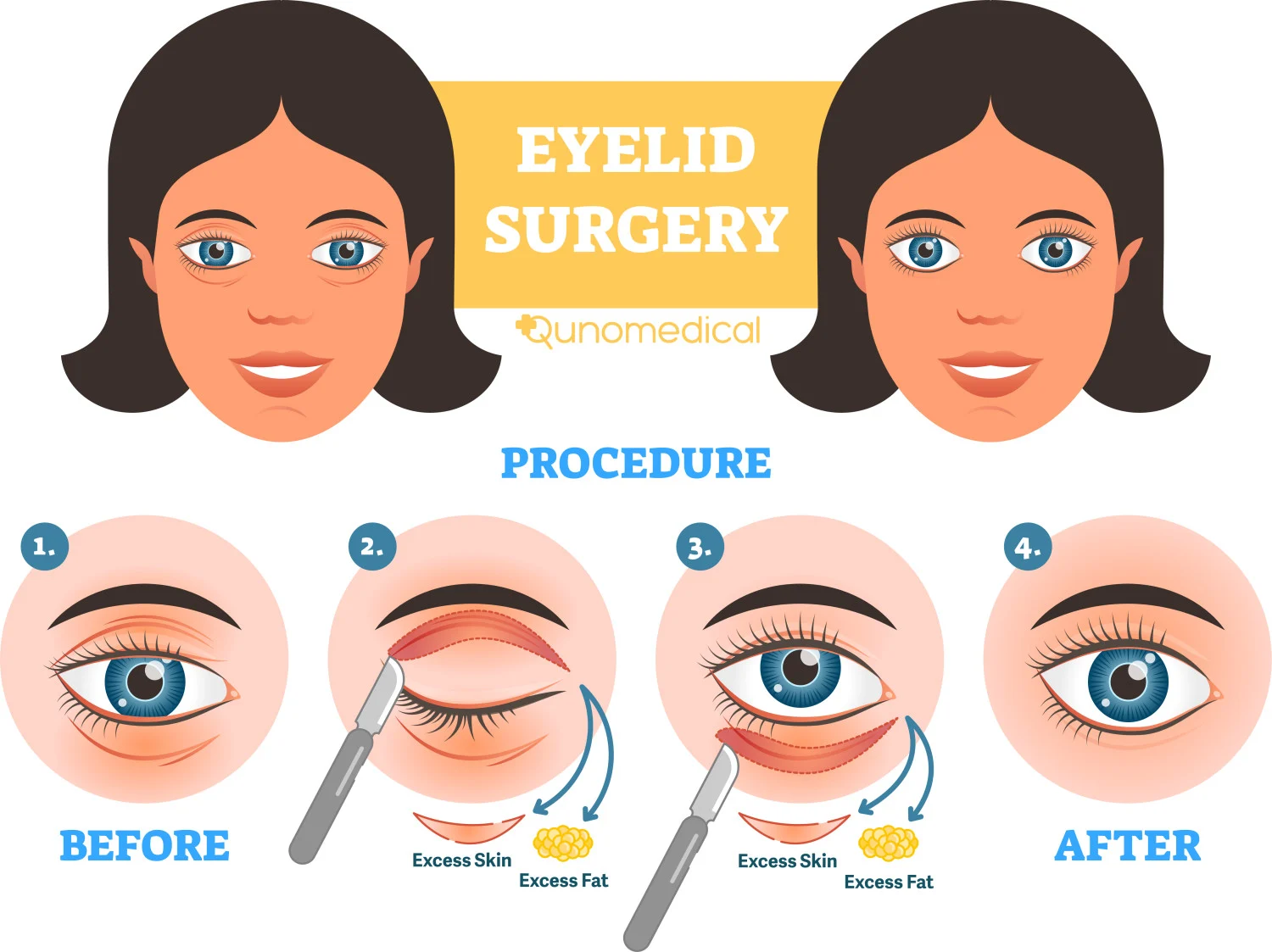
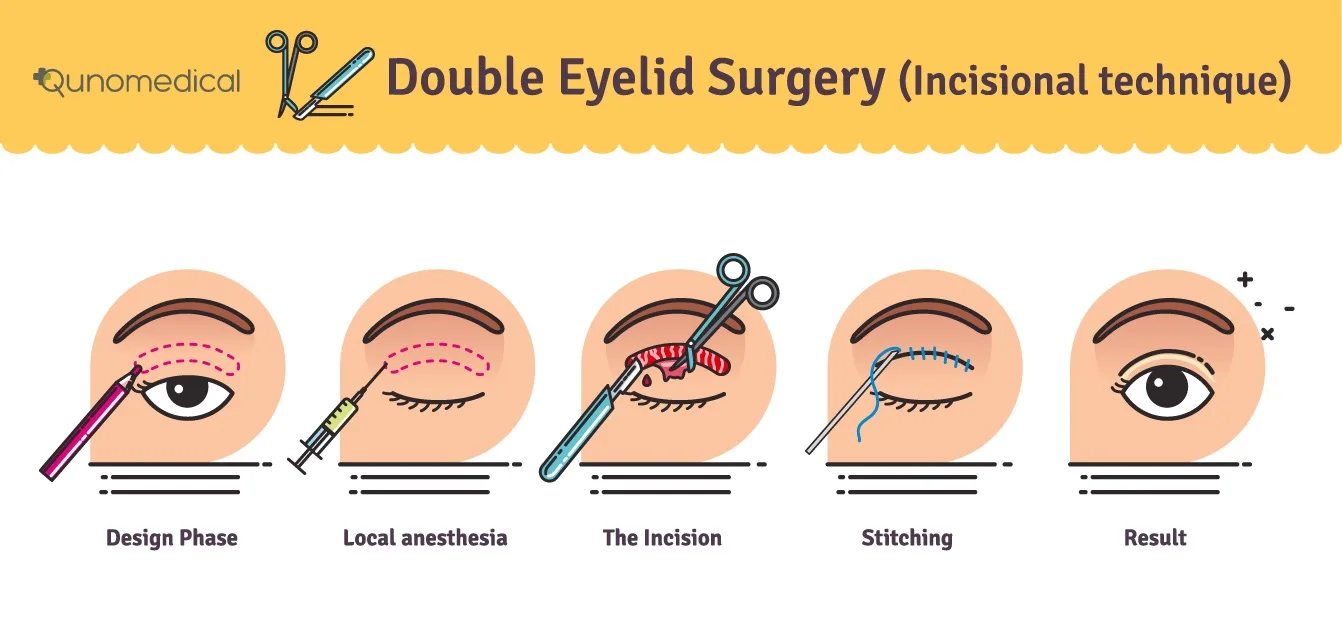
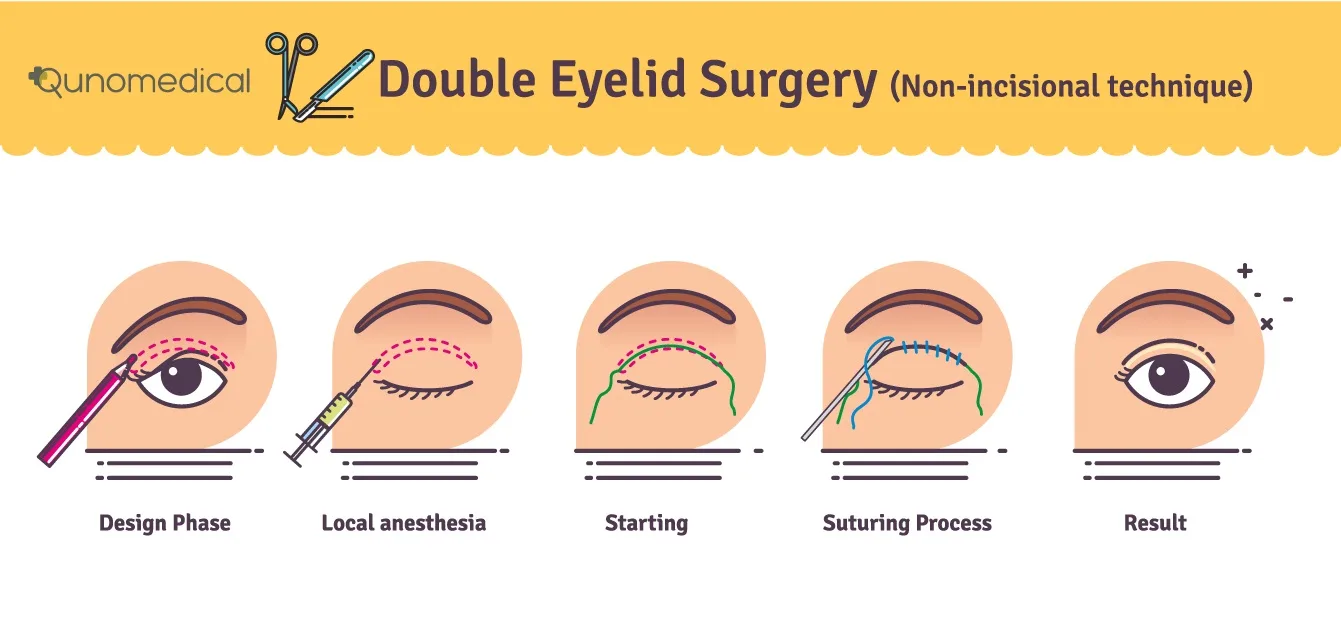
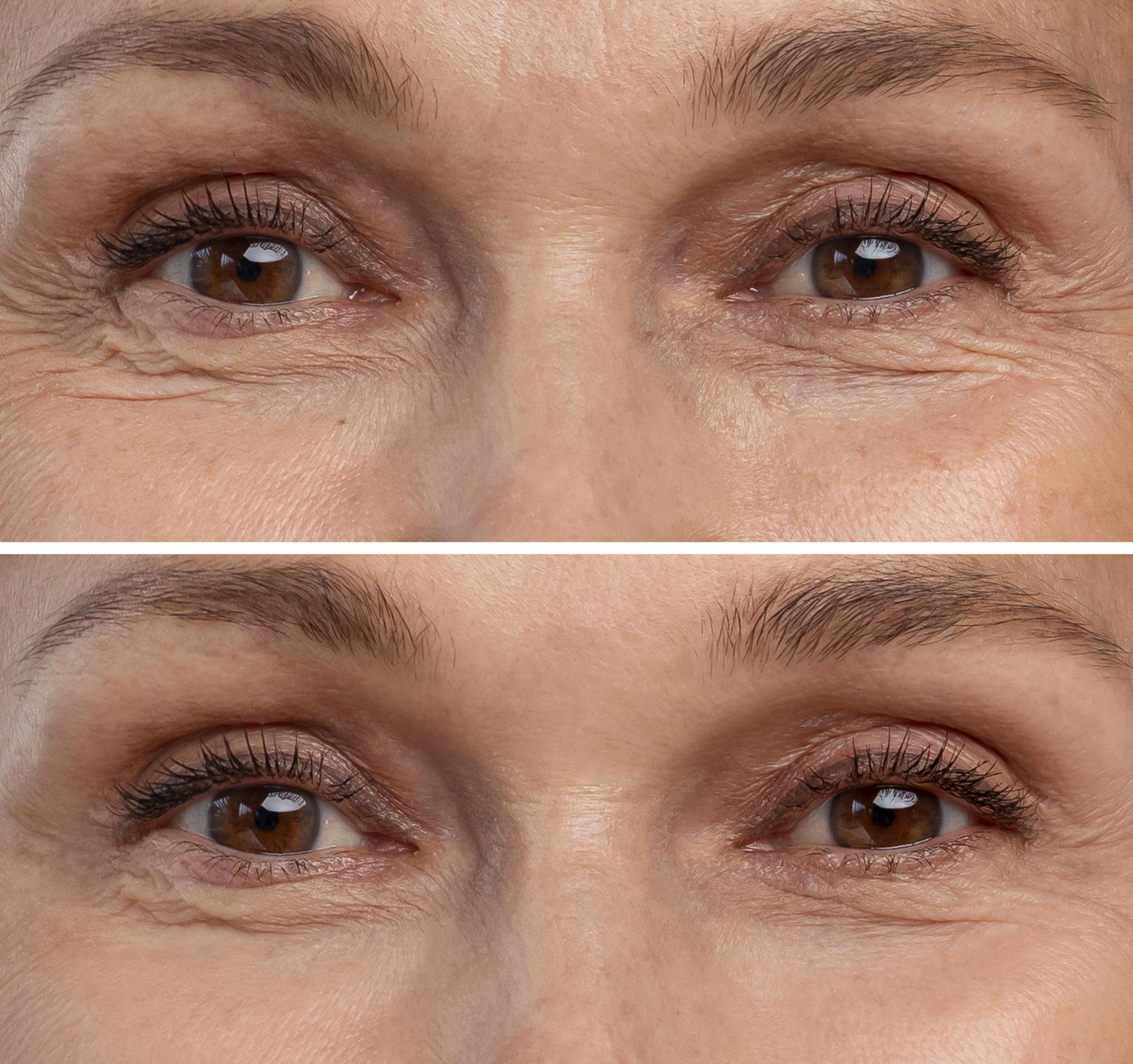
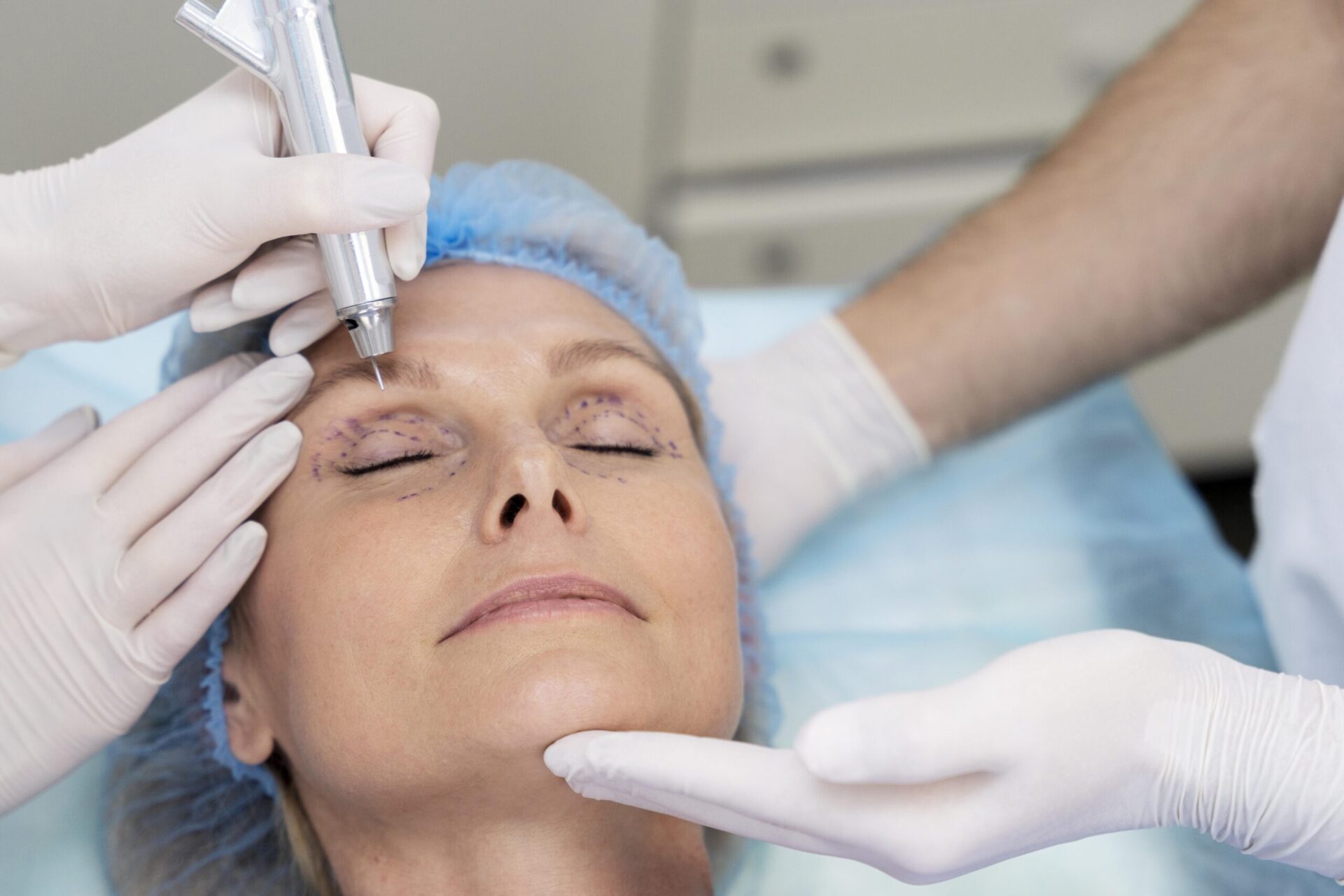

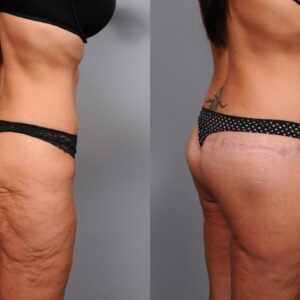
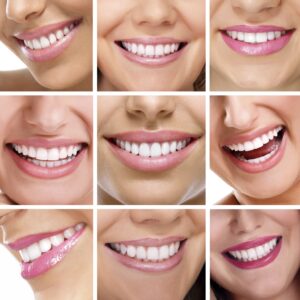
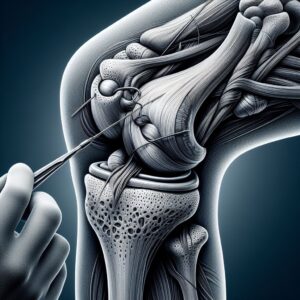

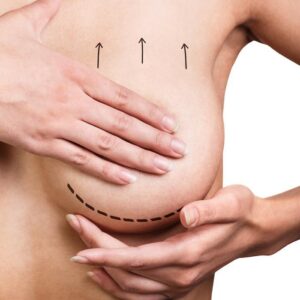
Reviews
There are no reviews yet.